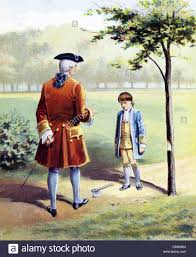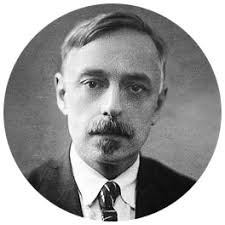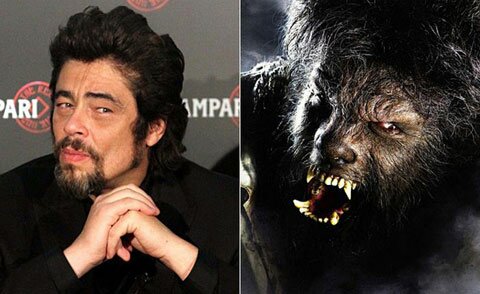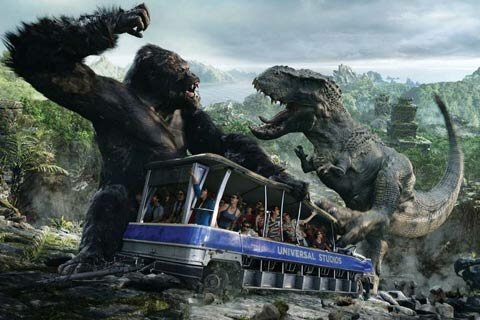Non-Professional Actors
Facts
A non-professional is typically an adjective attached someone or something not engaged within the profession.
Acting takes a lot of skill, but if you want to strip it back to its most basic, it can just involve talking while being filmed.
Training and education can only be a good thing in any artform, but sometimes it can take away the originality of a performer.
Their performance can be a real, authentic, and natural enthusiasm, rather than one that’s being forced through a fake smile after decades of auditions and rejections.
They give directors freedom and allow directors to play loose with the script.
Casting could effectively be a perfect fit if the non-professional’s role is actually their profession.
The concept of a non professional actor is an actor that has little or no experience acting before and they’re usually hired to save money. during production.
The larger category is just actors in general. Non professional actors contrast with professional actors because they are not as well trained, experienced, or paid as well.
If non professional actors didn’t exist, then it would be a lot more expensive to make movies. Non professional actors have proven in the past to be good actors in other films like The Florida Project, Wonderstruck, and The Rider.
The concept of non professional actors is important because it shows than you don;t have to find actors who have been groomed and trained their whole lives in order to make a good film and they are a good way to lower production costs. This reveals that finding someone to fill an important role in a movie may not be as hard as it seems to be.
Sources
https://www.vocabulary.com/dictionary/nonprofessional (Links to an external site.)
https://nofilmschool.com/2017/09/what-you-need-know-about-directing-non-actors

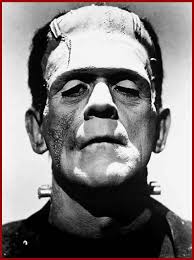 industry that started in the 1900’s (sreevesg). It allows regular people to become extraordinary things like Frankenstein or a werewolf. Originally the most common items used in special effects makeup were collodion, mortician’s wax, putty, and spirit gum.
industry that started in the 1900’s (sreevesg). It allows regular people to become extraordinary things like Frankenstein or a werewolf. Originally the most common items used in special effects makeup were collodion, mortician’s wax, putty, and spirit gum.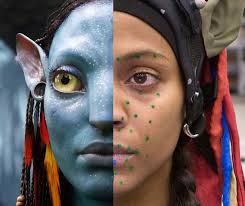 CGI technology advances. CGI stands for Computer-Generated Imagery and it allows filmers to digitally create something as big as an entire scene or something as small as removing an imperfection from an actors face (QZ). CGI has been used in films to edit the appearance of actors by making them look younger, altering their body to make them look thinner, or even adding artificial tears to their face (QZ).
CGI technology advances. CGI stands for Computer-Generated Imagery and it allows filmers to digitally create something as big as an entire scene or something as small as removing an imperfection from an actors face (QZ). CGI has been used in films to edit the appearance of actors by making them look younger, altering their body to make them look thinner, or even adding artificial tears to their face (QZ).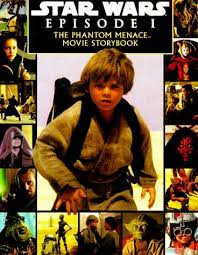 hardship on special effects makeup artists as they aren’t really needed anymore. It also doesn’t help that special effects makeup takes a long time to be applied and can be easily messed up while shooting. In a documentary, Life After Pi, they stated that between 2003 and 2013 a lot of visual effects companies were forced to file for bankruptcy (QZ). While it does seem like CGI is something that could completely erase the need for these talented artists there are still reasons to hold out. For example, In Star Wars: Episode I — The Phantom Menace there were a lot of complaints that the movie was too “cartoony” looking due to the overuse of CGI. This has lead to most studios using a blend of both special effects makeup and CGI. However, with the fact that technology is constantly advancing and becoming cheaper there may come a time where special effects makeup artists are a thing of the past.
hardship on special effects makeup artists as they aren’t really needed anymore. It also doesn’t help that special effects makeup takes a long time to be applied and can be easily messed up while shooting. In a documentary, Life After Pi, they stated that between 2003 and 2013 a lot of visual effects companies were forced to file for bankruptcy (QZ). While it does seem like CGI is something that could completely erase the need for these talented artists there are still reasons to hold out. For example, In Star Wars: Episode I — The Phantom Menace there were a lot of complaints that the movie was too “cartoony” looking due to the overuse of CGI. This has lead to most studios using a blend of both special effects makeup and CGI. However, with the fact that technology is constantly advancing and becoming cheaper there may come a time where special effects makeup artists are a thing of the past.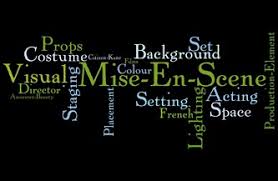
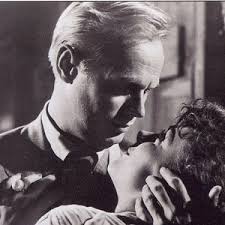 use close up shots of the actors on an overly crowded subway while Skip, the pick pocket, steals Candy’s wallet. The trend of claustrophobia continues as they introduce more characters and their homes. Skip lived in a very tiny and run down looking shack right on the water. Moe, the police’s informant, lived in just a small and dingy looking bedroom. Almost every scene is shot up close and personal. When Candy attempts to buy back the films from Skip but the end up making out instead (I found that to be a strange addition to the story line) the cameraman used a very close up shot of just the actors faces.
use close up shots of the actors on an overly crowded subway while Skip, the pick pocket, steals Candy’s wallet. The trend of claustrophobia continues as they introduce more characters and their homes. Skip lived in a very tiny and run down looking shack right on the water. Moe, the police’s informant, lived in just a small and dingy looking bedroom. Almost every scene is shot up close and personal. When Candy attempts to buy back the films from Skip but the end up making out instead (I found that to be a strange addition to the story line) the cameraman used a very close up shot of just the actors faces.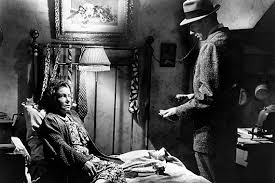 the happiest old lady. In her last scene before she’s killed she gives one last heartfelt statement to Joey that he would be doing her a favor if he killed her because she was just too tired. That’s what her surroundings really seemed to represent to me as well. It didn’t look like a home I would be comfortable and happy living in.
the happiest old lady. In her last scene before she’s killed she gives one last heartfelt statement to Joey that he would be doing her a favor if he killed her because she was just too tired. That’s what her surroundings really seemed to represent to me as well. It didn’t look like a home I would be comfortable and happy living in.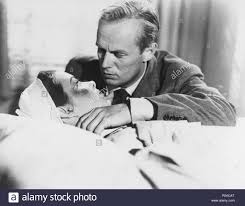 choreographed fighting where every move is planned out perfectly. Improvised fighting can end up looking more realistic than choreographed fights however it can be difficult for actors to come up with believable looking fighting without actually hurting each other. I believe that it was choreographed fighting used in Pick Up on South Street as the fight scenes weren’t all that intense or complex. Poor Candy seemed to take the brunt of it unfortunately but with there being only a few blows thrown I just think that it would’ve been simpler to plan them out ahead of time.
choreographed fighting where every move is planned out perfectly. Improvised fighting can end up looking more realistic than choreographed fights however it can be difficult for actors to come up with believable looking fighting without actually hurting each other. I believe that it was choreographed fighting used in Pick Up on South Street as the fight scenes weren’t all that intense or complex. Poor Candy seemed to take the brunt of it unfortunately but with there being only a few blows thrown I just think that it would’ve been simpler to plan them out ahead of time.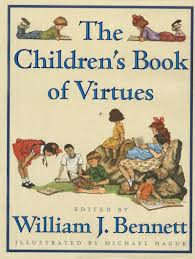 they’re stories that have been passed down from generation to generation and they instill some sort of nostalgia. For instance, when I was 1 years old my grandparents gifted me The Children’s
they’re stories that have been passed down from generation to generation and they instill some sort of nostalgia. For instance, when I was 1 years old my grandparents gifted me The Children’s